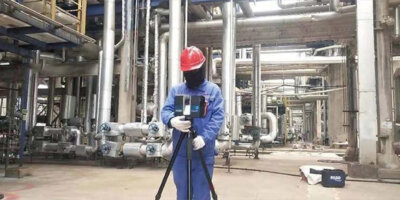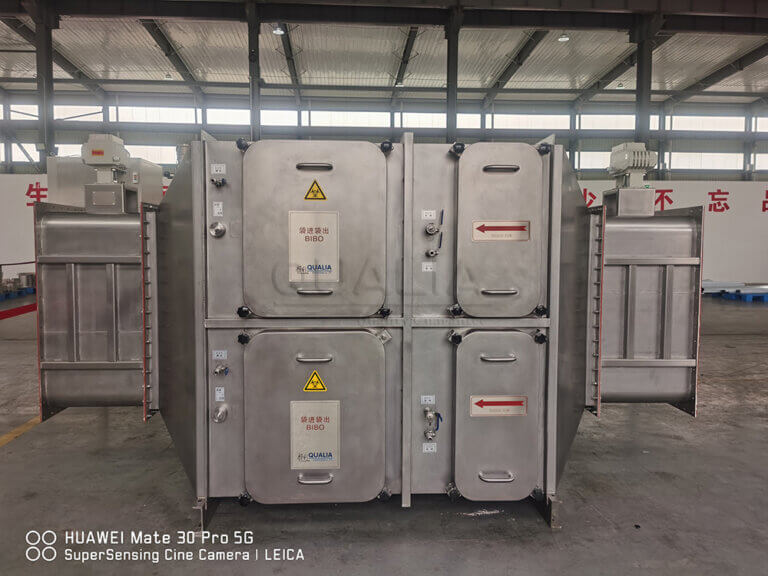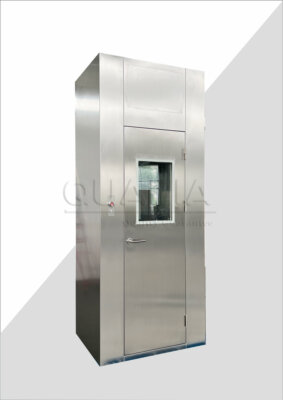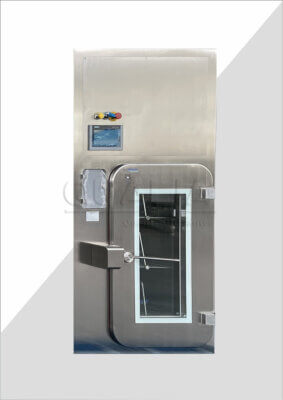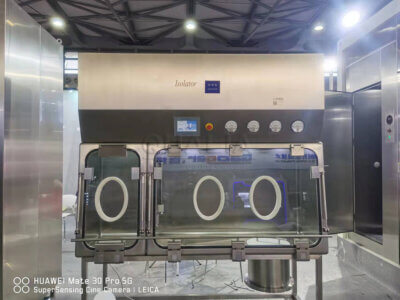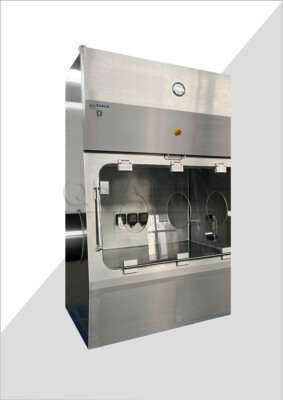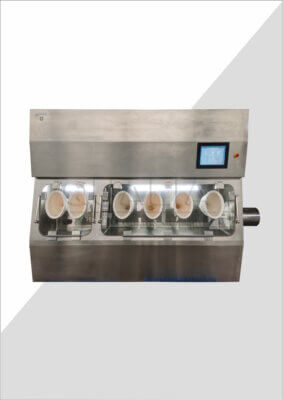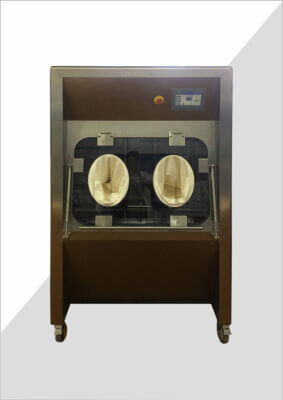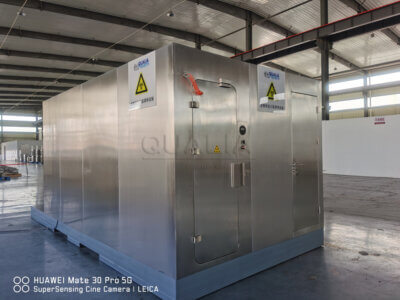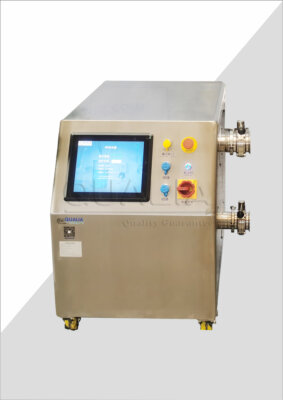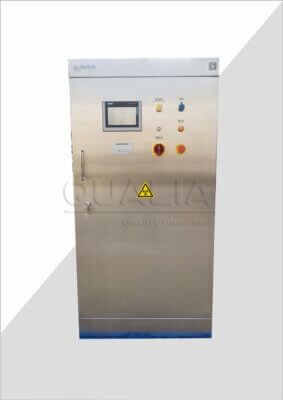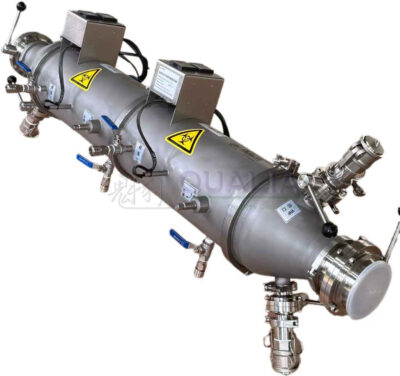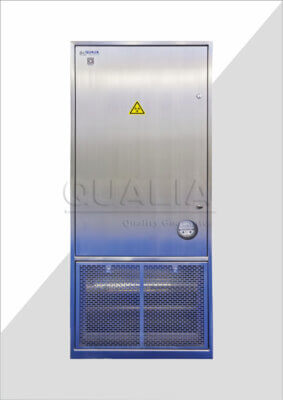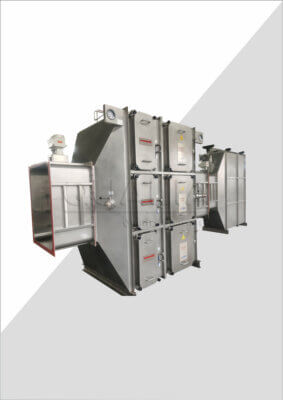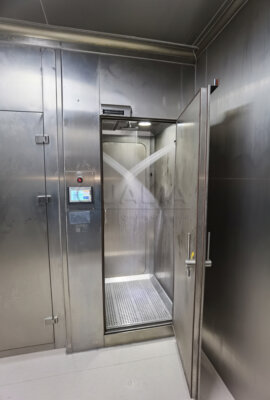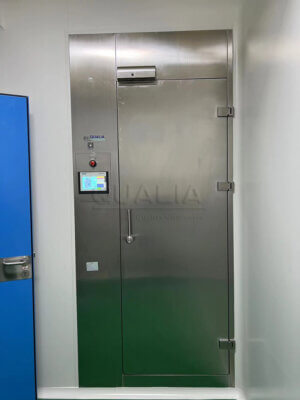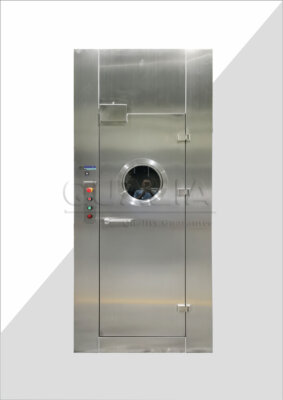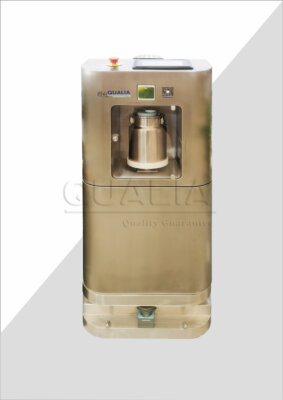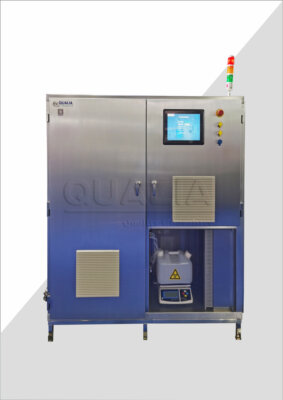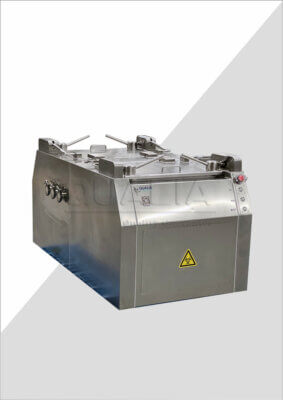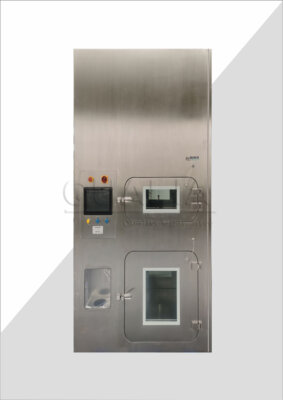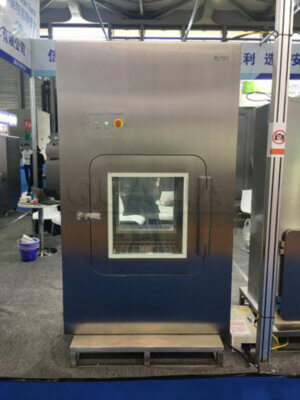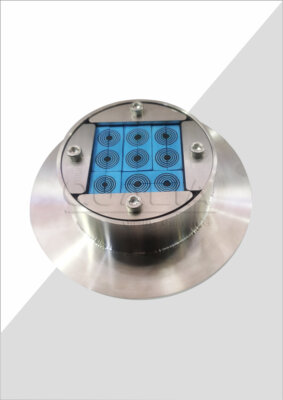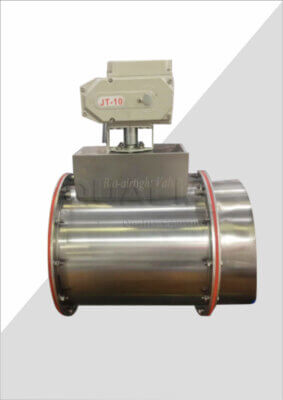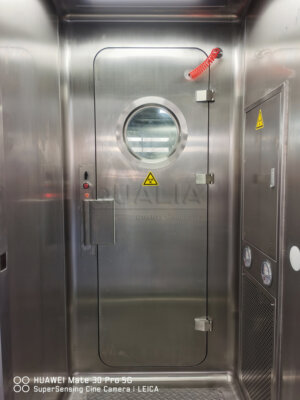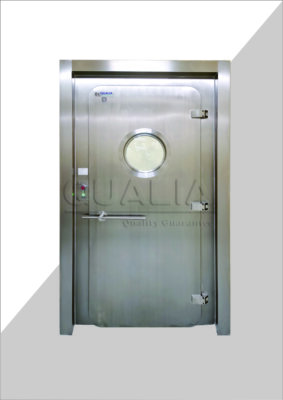In industrial and laboratory settings, the handling of hazardous materials is a necessary but inherently risky operation. Whether it’s working with toxic chemicals, radioactive substances, or biohazardous agents, proper containment and filtration are essential for safeguarding both personnel and the environment. One innovative approach that has emerged to address these challenges is the bag-in/bag-out (BIBO) filtration system.
The Anatomy of a BIBO System
At its core, a BIBO filtration system utilizes a double-bagging mechanism to facilitate the safe replacement of contaminated filters. The process works as follows:
- The outer bag is sealed around the housing unit, creating an airtight barrier.
- The inner bag is then inserted into the housing, allowing the filter element to be accessed.
- After the filter is replaced, the inner bag is sealed and removed, containing all hazardous materials within.
- The outer bag remains in place, maintaining the primary containment and preventing the escape of contaminants.
This dual-containment approach ensures that workers never come into direct contact with the hazardous substances trapped in the filter, minimizing the risk of exposure.
The Benefits of BIBO Systems
The adoption of BIBO filtration systems has yielded numerous benefits for organizations operating in high-risk environments:
- Enhanced Safety: By eliminating the need for workers to handle contaminated filters directly, BIBO systems significantly reduce the potential for accidental exposure to harmful substances. This not only protects personnel but also helps organizations comply with stringent safety regulations and avoid costly incidents.
- Improved Efficiency: The quick-change design of BIBO systems allows for rapid filter replacement, reducing downtime and maximizing operational efficiency. This is particularly important in time-sensitive applications or environments where continuous operation is crucial.
- Environmental Protection: The contained nature of BIBO systems ensures that hazardous materials are properly isolated and disposed of, preventing environmental contamination and minimizing the ecological impact of industrial processes.
- Cost Savings: By mitigating the risks of exposure and environmental contamination, BIBO systems can help organizations avoid the substantial costs associated with worker compensation, environmental remediation, and legal liabilities.
Related Products
- Bag in Bag out
- Double in Situ Filtration System
- Portable VHP Hydrogen Peroxide Generator ( Type II, Type III )
- Aseptic Isolator/ Sterility Test Isolators
- Chemical Shower
Implementing BIBO Systems: Considerations and Best Practices
Adopting a BIBO filtration system is a strategic decision that requires careful planning and implementation. Here are some key considerations and best practices to ensure a successful deployment:
- Assess Compatibility: Ensure that the BIBO system is compatible with the specific hazardous materials and operating conditions in your facility. This may involve consulting with the manufacturer or seeking expert guidance.
- Develop Thorough Protocols: Establish comprehensive procedures for filter replacement, bag handling, and waste disposal. Provide extensive training to all personnel involved in these operations to ensure consistent and safe practices.
- Maintain Rigorous Inspections: Regularly inspect the BIBO system for any signs of wear, damage, or compromised integrity. Adhere to the manufacturer’s recommended maintenance schedule to ensure optimal performance and ongoing safety.
- Implement Robust Monitoring: Integrate real-time monitoring and alarm systems to detect any breaches or malfunctions in the BIBO system, enabling immediate response and mitigating the risk of exposure or environmental release.
- Collaborate with Regulators: Work closely with relevant regulatory authorities to ensure that your BIBO system and associated practices comply with all applicable laws and industry standards. This can help you avoid costly fines or legal challenges.
- Foster a Culture of Safety: Prioritize safety throughout your organization, emphasizing the importance of proper BIBO system usage and fostering a work environment where employees feel empowered to report any concerns or deviations from established protocols.
In the ever-evolving landscape of industrial and laboratory operations, the need to handle hazardous materials with the utmost care and precision has become increasingly paramount. The bag-in/bag-out filtration system stands as a shining example of how innovative engineering solutions can enhance safety, efficiency, and environmental stewardship in high-risk environments.
By adopting BIBO systems and adhering to best practices, organizations can not only protect their workers and the surrounding community but also position themselves as responsible industry leaders committed to the highest standards of safety and sustainability. As the demand for effective and reliable hazardous material management continues to grow, the BIBO system stands as a technological marvel, poised to lead the charge in ensuring a safer, cleaner, and more secure future.
Related Contents:
- Enhancing Facility Safety with Bag In Bag Out (BIBO) Systems: A Comprehensive Overview
- Bag In Bag Out Filters: The Ultimate Guide to Safe and Efficient Filter Replacement
- Innovative Containment Solutions: Bag-in Bag-out Systems Explained
- How Bag In Bag Out (BIBO) Systems Ensure Safety in Contaminant Removal
- How Bag-in Bag-out Systems Enhance Lab Safety
- Top Benefits of Using Bag-in Bag-out Systems for Contamination Control
- Key Features of Qualia’s Bag-in Bag-out Filtration Systems
- Understanding the Bag In Bag Out (BIBO) System: Benefits and Applications
- Why Choose Bag In Bag Out Systems for Pharmaceutical Manufacturing?


